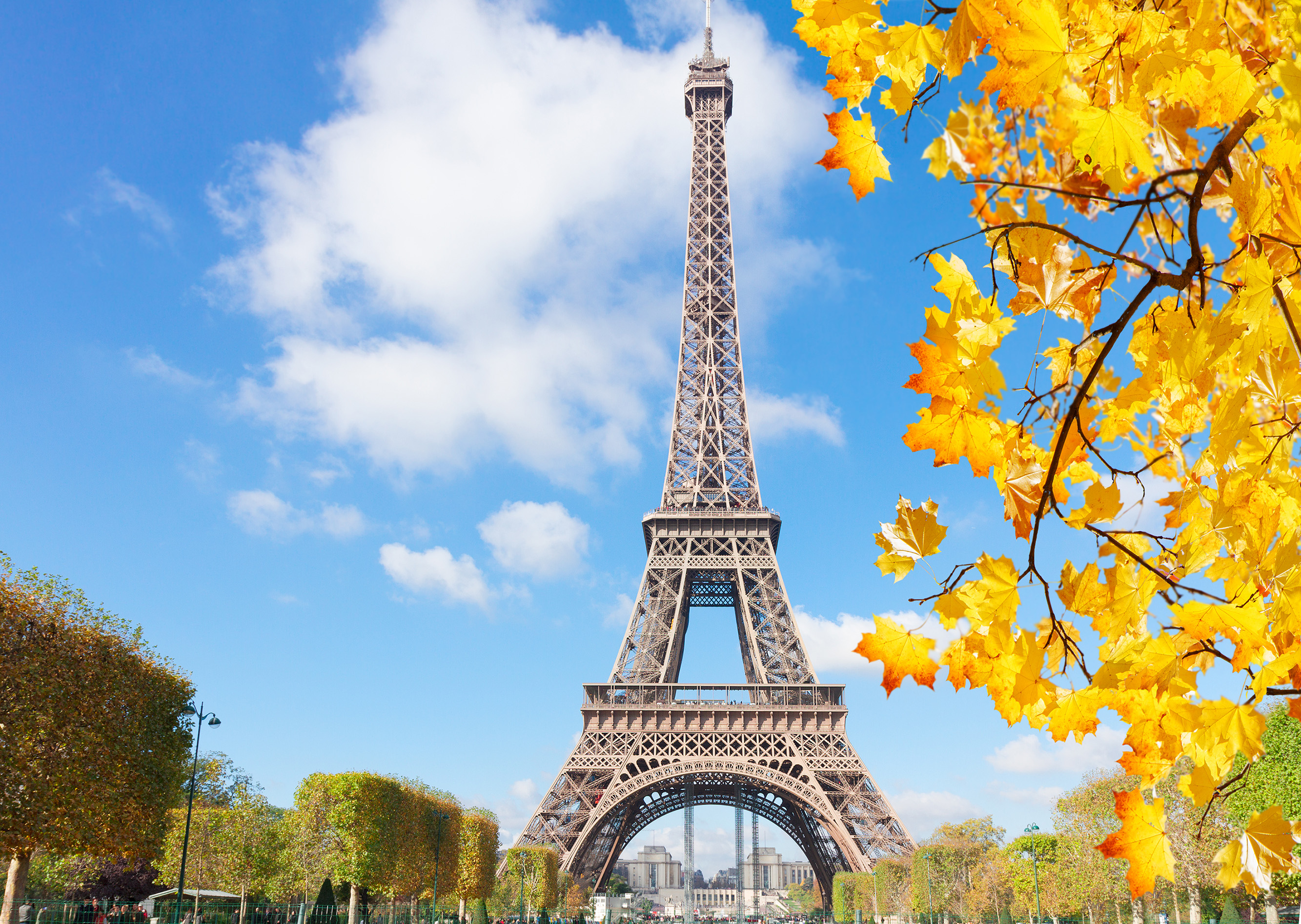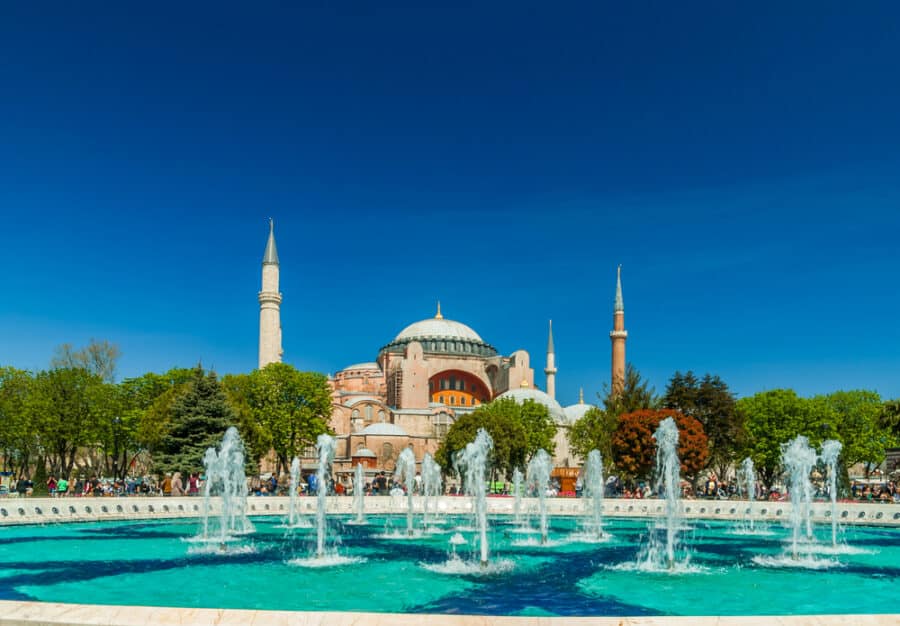Transportation System
The public transportation system in Dallas, known as DART, provides light rail and bus services throughout the city. While DART is effective for travel within central Dallas, it is limited for trips to the surrounding suburbs. The light rail lines act mostly as commuter rails connecting people from the suburbs to jobs in the city. For those without personal vehicles and who do not live and work near rail stations, buses offer the main option but can be unreliable. Insufficient public transportation contributes to the urban sprawl and traffic issues plaguing Dallas.

Urban Planning Challenges
The Trinity River divides Dallas into north and south, historically creating wealth gaps on either side. Decades of planning have failed to transform the floodplain between the river levees into a vibrant central city park. Three new suspension bridges were recently constructed across the river at massive expense solely for aesthetic purposes rather than transportation needs, prioritizing appearances over practical solutions to traffic problems. The lack of natural landmarks and hilly terrain also makes Dallas lack distinguishing topographic features compared to other Texas cities.
Economic and Cultural Features
As the economic center of North Texas, Dallas benefits from a thriving job market concentrated in industries like banking, technology, and energy. Major corporations headquartered in the city help drive the regional economy. Cultural institutions like the Dallas Museum of Art and AT&T Performing Arts Center enhance the quality of life. However, the city lacks distinguishing historical sites and monuments commemorating its past compared to other Texas cities with links to the Texas Revolution.
Status Orientation
Dallas carries a reputation for flashiness and superficiality. The gleaming new bridges spanning the Trinity River symbolize prioritizing cosmetic improvements over practical solutions. Similarly, the construction of luxury high-rises and gentrification of urban neighborhoods often seem motivated more by status than addressing long-standing socioeconomic divides. While contributing to economic growth, this image-focused development approach risks overlooking community needs.
Lack of Distinguishing Features
Flat terrain, sparse vegetation, and the erasure of much local history leave Dallas lacking truly unique geographical or cultural attributes to define its identity. The city has struggled to establish landmarks or traditions that give it memorable character distinguishing it within Texas. Ongoing efforts aim to rehabilitate the Trinity River corridor and connect surrounding nature preserves to help address this identity challenge over the long run.
Improving Climate and Diversity
Changing demographics are enhancing Dallas’ culture and quality of life. Younger generations prize walkable urban neighborhoods and diverse dining/nightlife scenes. An influx of immigrants from Latin America, Asia, and Africa have dramatically increased ethnic diversity. The climate is also becoming more temperate and hospitable, with milder summers and rising rainfall totals offsetting the traditional image of a hot, dry Texas city. These socioeconomic shifts bode well for Dallas realizing its potential as a 21st century metropolis.
In summary, while Dallas offers a strong economy and improving culture, it struggles with distinguishing identity and efficient transportation due to past decisions prioritizing status and growth over cohesion. However, current plans and demographic changes suggest these issues can be overcome to further enhance life in this large Texas city. Both pros and cons exist to living in Dallas, requiring an individual assessment of lifestyle priorities.

 Travel Destinations Across Europe to Consider Visiting
Travel Destinations Across Europe to Consider Visiting